Impetigo is a skin disease that typically affects children and babies. Children between two and five years old are most susceptible to this skin condition. Impetigo is highly contagious especially when you come in close contact with a person or the clothes of the person who has it. This skin disease is caused by either the Staphylococcus aureus or Streptococcus pyogenes bacteria. Impetigo appears as blisters or sores on the skin, more commonly on the child’s neck, hands, face, around the mouth and in the case of some babies, on the diaper area. Adults, however, could also acquire this skin disease. It could arise due to a recent infection of the respiratory tract like flu, colds or other respiratory condition. Impetigo could also develop from other skin problems such as eczema, insect bites, and scrapes among others. Scratching an infected area repeatedly can result to the progression of impetigo.
Causes and Types of Impetigo
Impetigo is caused by either staphylococcus aureus or streptococcus bacteria or both. The bacteria that invade the skin create either large blisters or crusted impetigo. There are two types of impetigo:
• Non-bullous impetigo
Non-bullous impetigo is the most common type. This type is usually caused by staphylococcus aureus, but even the group A streptococcus bacteria can bring about this type of impetigo. Initially it would look like tiny red dots that look more of less like insect bites. These type of impetigo starts to appear as small blisters and then further develop into pustules; finally the pustules will burst forming damp red patches on the skin. Eventually, yellowish to brown crusts form on these patches. These wounds or lesions are typically found near the nose but may sometimes appear on the arms and legs as well.
• Bullous impetigo
Bullous impetigo is caused by staphylococcus bacteria. The staph bacteria produce a toxin that causes the formation of blisters. These blisters are generated when the toxins produced by the bacteria minimize adhesion of the upper layer of the skin to the lower layer causing a separation. For bullous impetigo, the blisters stay on the skin for a longer time without bursting. Bullous impetigo is often found on the buttocks and trunk but at times may scatter to other skin areas. The blisters contain clear yellowish fluid that often breaks, leaving the skin raw with ragged edges.
Treatment of Impetigo
Since impetigo is caused by bacteria, an antibiotic should be applied topically on the affected area of the skin. Ask your doctor about the best antibiotic for this. If for instance the topical antibiotic isn’t effective, oral antibiotic pills or liquid solutions may also be prescribed by your doctor to be taken for 7-10 days. While healing is in process, regularly wash the infected area with antiseptic soap. For crusted skin, warm soapy water would greatly aid in removing the layers of the crust. And since impetigo is contagious, avoid contact with the blisters and avoid sharing personal stuff like towels and clothes with the patient.
Impetigo is an irritating skin disorder that often strikes children. It is essential to be patient enough to assist the children with the proper treatment. Keep in mind though, that prevention is better than cure and a healthy living with proper hygiene can greatly help in preventing this skin infection from occurring.
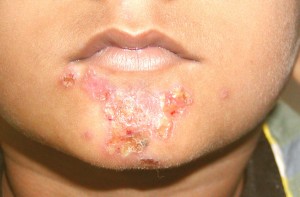
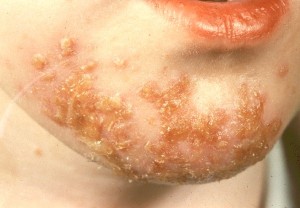
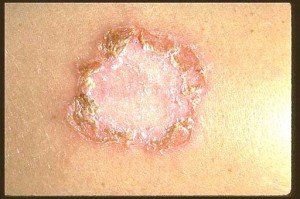
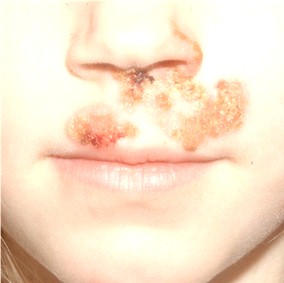
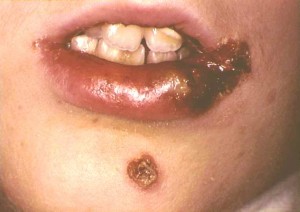
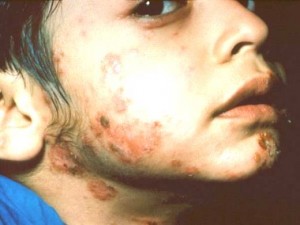
Thanks , I’ve just been searching for info about this subject for a while and yours is the greatest I have found out so far. However, what in regards to the bottom line? Are you positive about the source?